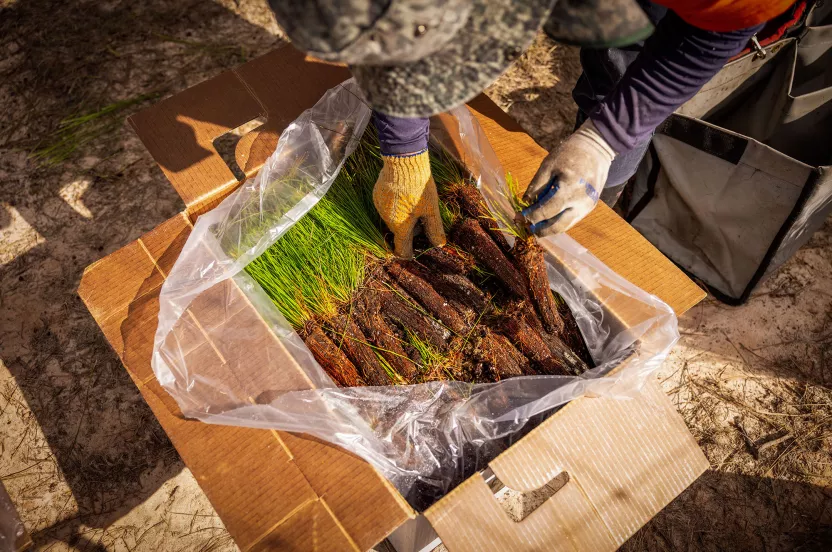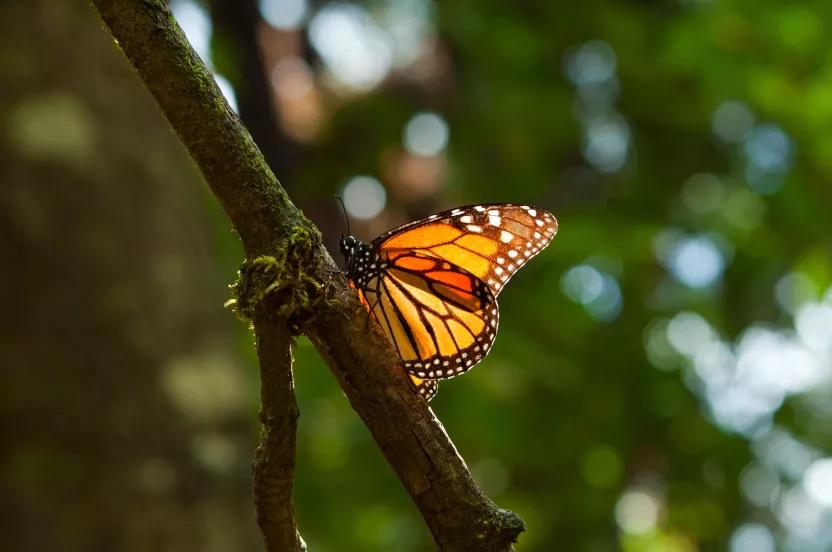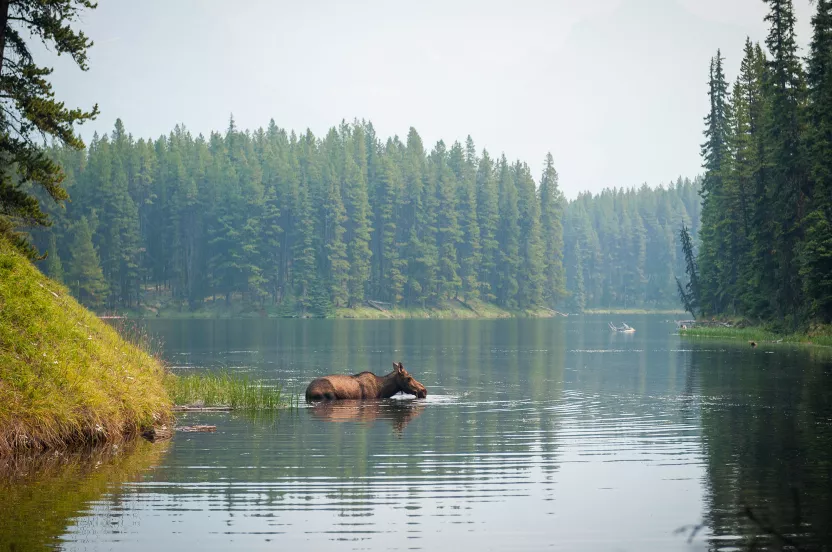The Arbor Day Foundation is pledging 10 million trees to areas impacted by hurricanes Helene, Milton Help us replant
Mangroves, Rain Forests, Thornscrub — to This Wildcat, It’s Just Home.
Ocelots can adapt to many forest habitats. But how much longer will those last?
November 15, 2023

No, that’s not the most beautiful house cat you’ve ever seen. That sleek and striking coat belongs to the ocelot — a wildcat twice the size of the domestic pet that may be curled up on the couch next to you.
These cats prowl most of Central and South America as well as portions of Mexico and even in the southeastern tip of Texas. But they’re nocturnal and rather elusive — the masters of disappearing in dense forests and brush. If you ever catch a glimpse of an ocelot in its native habitat, consider yourself lucky.
One animal, a variety of homes
Interestingly, the proud and innovative ocelot can adapt to different habitats as long as its primary needs (thick forest cover, water, and a food source) are met.
In South and Central America, the rain forest makes an ideal home. Here, ocelots find shelter during the day, snoozing out of sight in bushes, the hollow of a tree trunk, or even up on a sturdy tree branch.
At night, the real action begins. They pursue their prey on the forest floor or from up in the trees, using their vantage point to pounce on birds, snakes, lizards, rodents, or frogs. They can also reside in coastal mangrove forests where dense cover and a buffet of tasty aquatic prey are guaranteed.
Texas ocelot numbers are dwindling — fewer than 100 are known to live in the U.S.
Ocelots in Texas and Mexico have adapted to a seemingly opposite environment. They live amid the dryer thornscrub forests here. They make their homes in caves, hollow trees, and thickets. Dinner consists of mice, rats, opossums, raccoons, lizards, young peccaries, young deer, rabbits, snakes, and birds.
This habitat presents many challenges in Texas, as people are clearing thornscrub forests for agriculture and building roads through their range. As a result, Texas ocelot numbers are dwindling — fewer than 100 are known to live in the U.S., and they’re federally endangered in the states.
Tree planting for a stronger species
No matter where they call home, ocelots are benefiting from the Arbor Day Foundation’s focused tree planting efforts. Whether in the Amazon River Basin, the Atlantic Rain Forest, the Central American tropics, or the thornscrub forest of southeastern Texas, these animals rely on trees. Restoration efforts in these priority areas will ensure that ocelots have the habitat they need to not only survive, but thrive.




